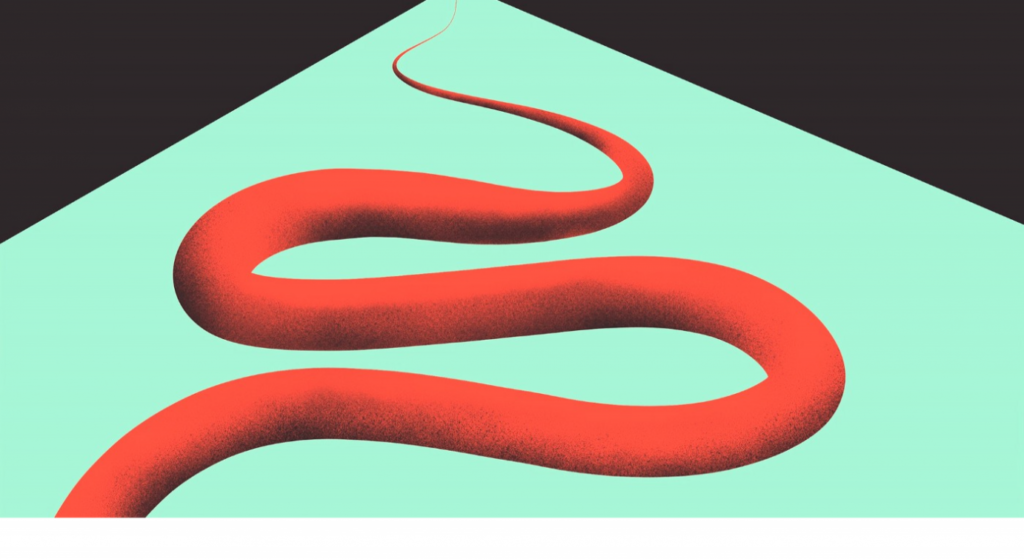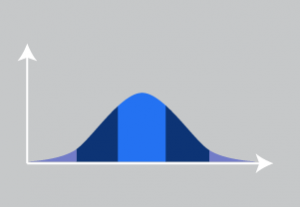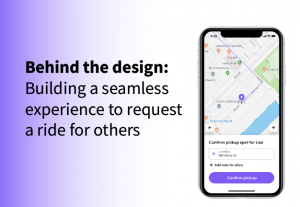- Behavioral Science, Contextual User Studies, UX Education
Stop frustrating your users. Invest in notification strategy instead.
Article by Swathi K.
The UX of Notifications | How to Master the Art of Interrupting
- As part of UX, notifications are key to leading the user to a better interaction with the product. Therefore, notification strategy should have a central role in UX design.
- A good starting point is to create a user’s journey map and identify major pain points. This should serve to understand when and where notifications might be of help, rather than create confusion.
- It’s a good practice to use a variety of notifications and provide the user with opt-outs so they don’t feel overwhelmed.
Share:The UX of Notifications | How to Master the Art of Interrupting
Share this link
- October 25, 2021
7 min read







